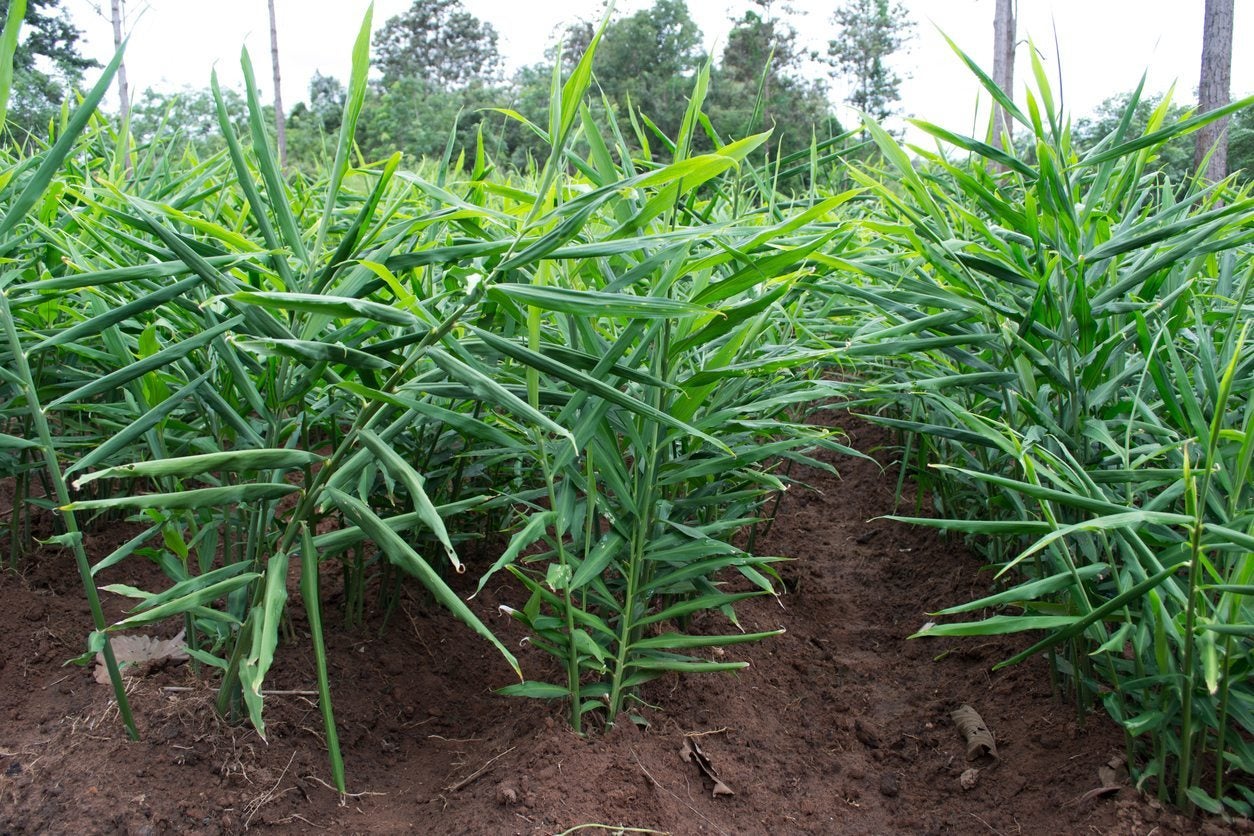Can Ginger Grow Outside – Ginger Cold Hardiness And Site Requirements


Ginger roots have been used for cooking, healing, and in cosmetics for centuries. These days the healing compounds in ginger root, called ginger oils, have been making headlines for their effectiveness in battling ovarian and colorectal cancer. These ginger oils also boost the immune system and are an efficient anti-inflammatory for those who suffer from arthritis. Once an exotic herb grown only in tropical locations, today homeowners all over the world can grow their own ginger in the garden. Continue reading to learn more about growing ginger outdoors.
Can Ginger Grow Outside?
Common ginger (Zingiber officinale) is hardy in zones 9 to 12, but a few other varieties of ginger are hardy down to zone 7. While common ginger needs about eight to ten months of active growth to reach maturity, the roots can be harvested at any time. Since the cool, damp winters of zones 7 and 8 can rot ginger rhizomes, plants are usually harvested in these locations in the fall. In zones 9 to 12, ginger plants can be harvested all throughout the year. Ginger plants have striking foliage and make lovely accent plants in the garden, but harvesting requires the whole plant to be dug up.
Ginger Cold Hardiness and Site Requirements
Ginger plants grow best in warm, humid locations. They prefer part shade with two to five hours of dappled sunlight each day. They cannot tolerate locations with strong winds or poorly draining soil. In poorly draining soil, ginger roots may develop stunted or distorted roots, or they may just rot. The best soil for ginger in the garden is rich, loose, loamy soil. Plants should be mulched after planting to retain soil moisture. During dry periods, ginger plants should not be allowed to dry out and will benefit from a regular, light misting. Ginger rhizomes can be cut up and planted, much like potatoes. Each section that is cut off to be planted should have at least one eye. If you plan to plant ginger root sections from a grocery store, you should soak the rhizomes for 24 hours before planting. Ginger plants in the garden will benefit from spring feeding with a fertilizer that contains plenty of phosphorus. Slow-release fertilizers can also be used.
Sign up for the Gardening Know How newsletter today and receive a free copy of our e-book "How to Grow Delicious Tomatoes".

Darcy is a former contributor to Gardening Know How. She is a professional landscape designer and gardening writer with experience in plant sales. An avid gardener, Darcy has a passion for sharing practical tips to help others grow.